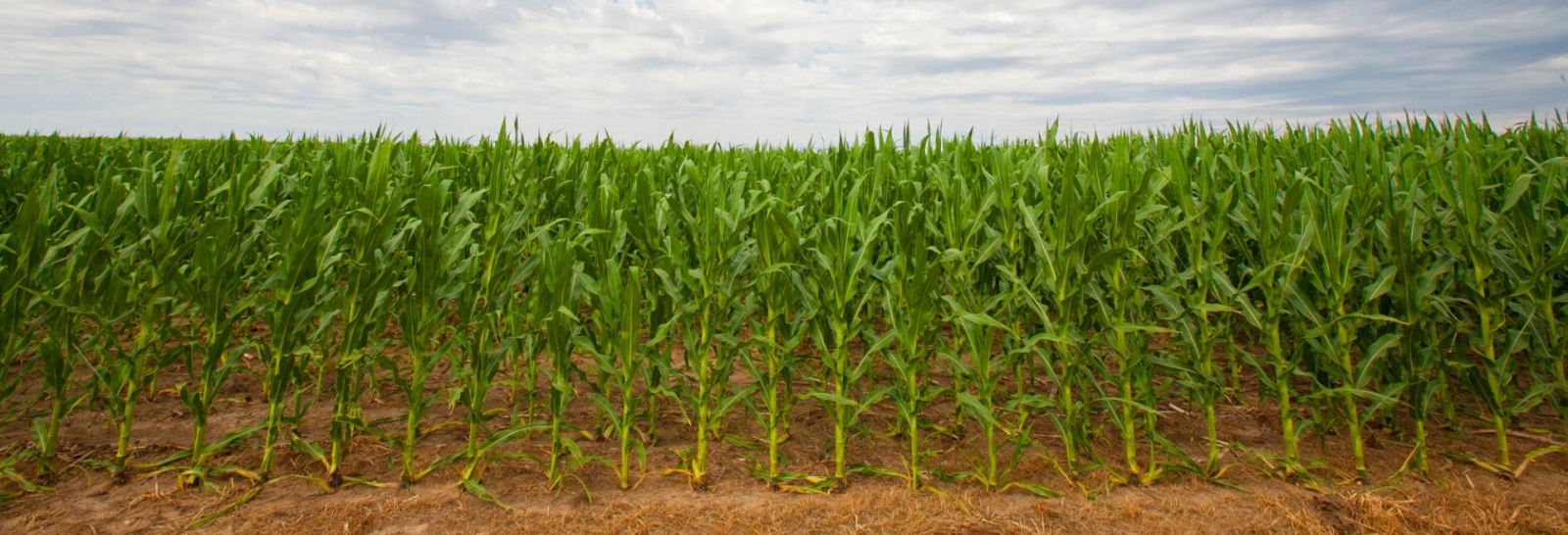Seeding Alfalfa No-Till
Most plantings of alfalfa begin with a conventionally tilled and prepared seedbed. No-till might be just as good and particularly cost-effective this year.
With less crop residue remaining from last year in some fields and the always present need to conserve soil moisture, no-till might be a good way to establish alfalfa this spring. Consider these advantages and disadvantages to using no-till for seeding alfalfa:No-till Advantages
- Fuel and time savings due to fewer trips across the field.
- Reduced soil erosion by retaining crop residues rather than tilling them under.
- Soil moisture conservation, which may be the best reason of all this spring.
- A seedbed that's good and firm for rapid seedling emergence due to lack of tillage.
- Limited number of new weed seeds near the soil surface.
No-till Disadvantages
- Weed control is limited to clipping or post-emergence herbicides; good post-emergence herbicides are available for most weed problems.
- Ridges from prior row crops can interfere with uniform seeding as well as make fields rough for future haying operations.
- Some drills do not work well for no-till seeding so equipment might limit your options.
No-till alfalfa is worth trying and works really well in bean stubble and almost as well in small grain stubble. No-till is a bit more difficult in corn and milo stubble, especially if there is much row ridging. Be sure to kill any early weeds with Roundup or Gramoxone before planting and use a drill that places seed about one-half inch deep and then covers seed with soil using a good press wheel.
Bruce Anderson
Extension Forage Specialist
